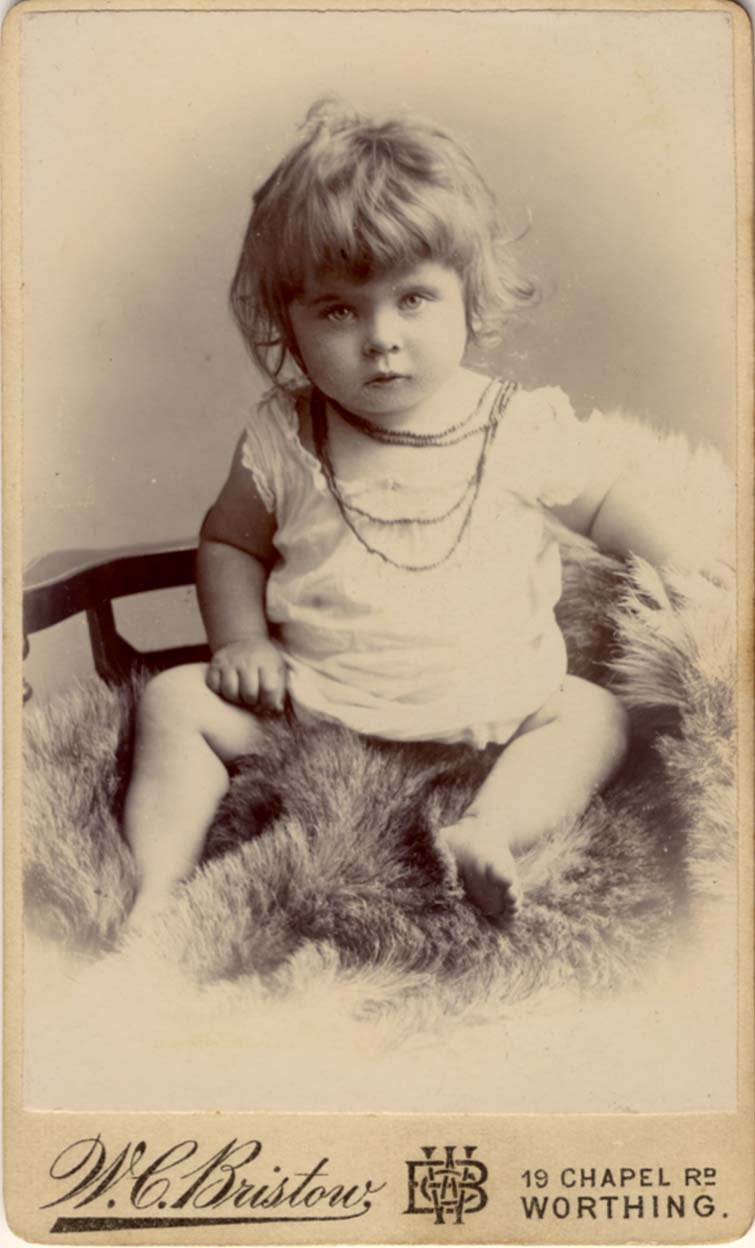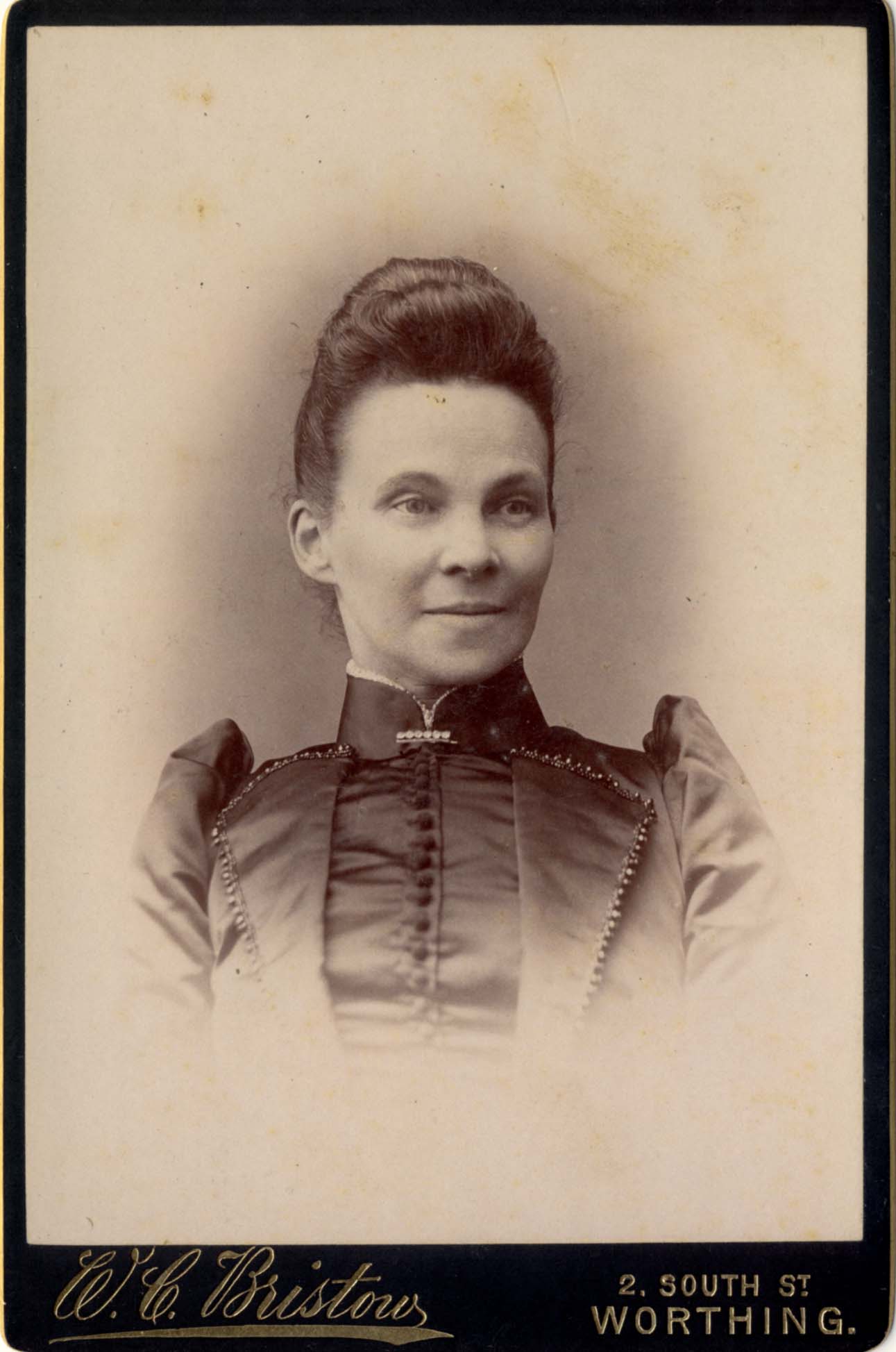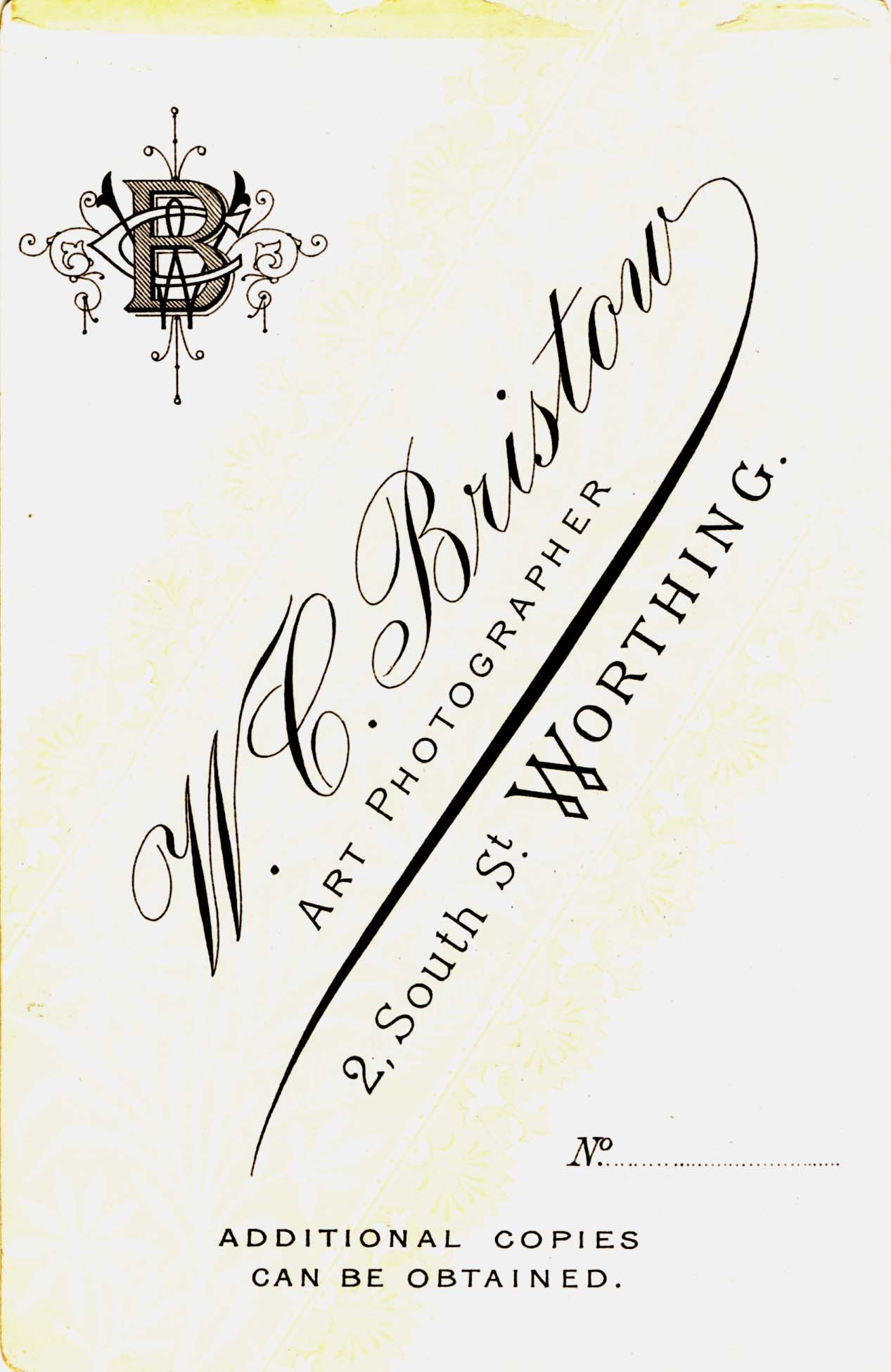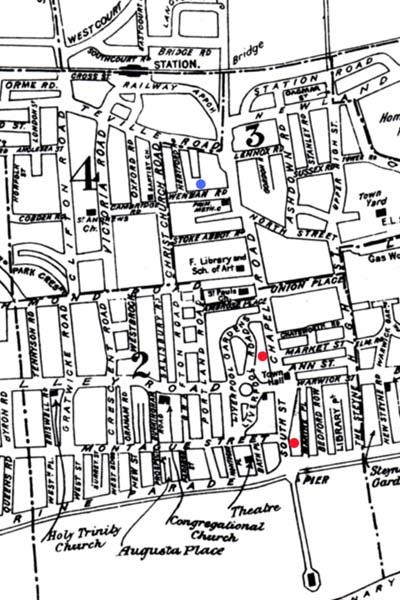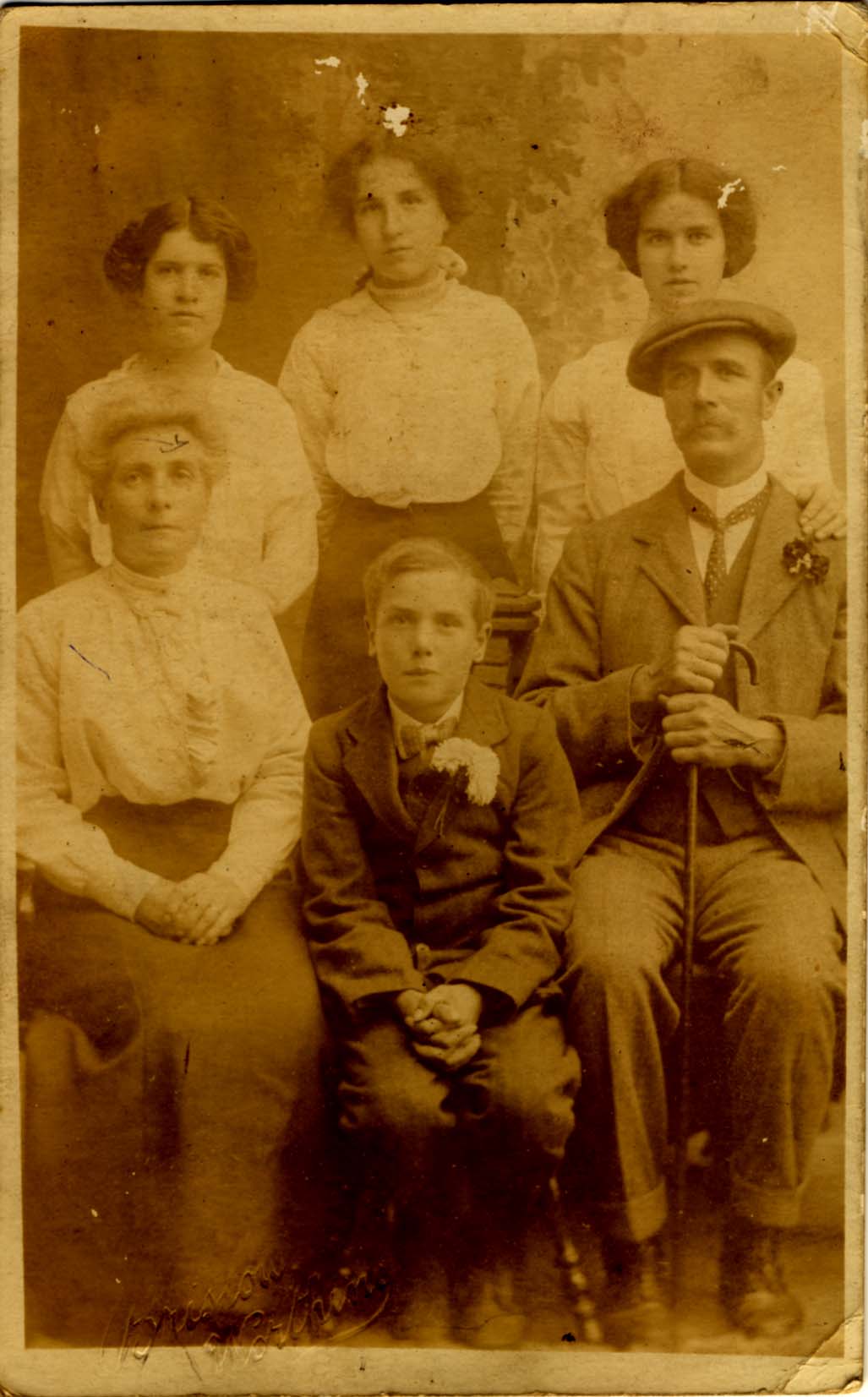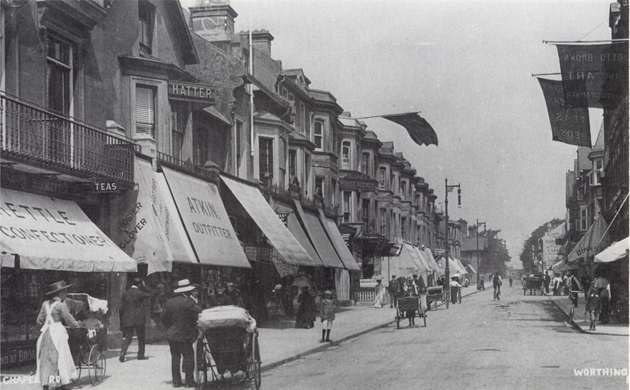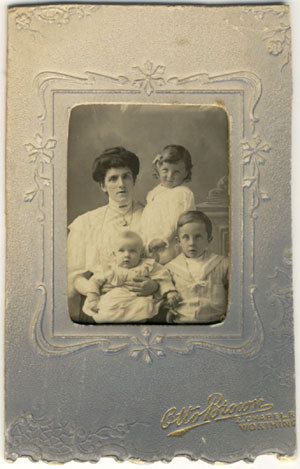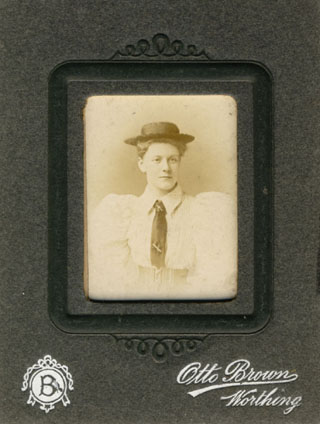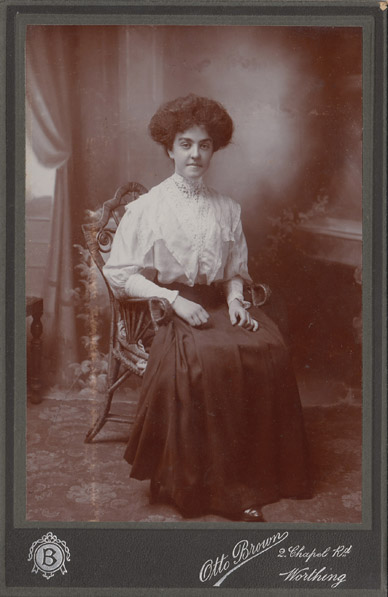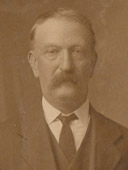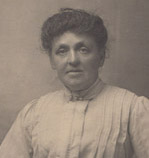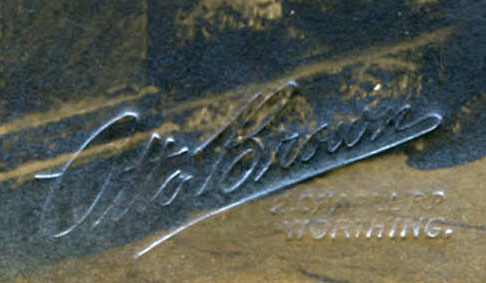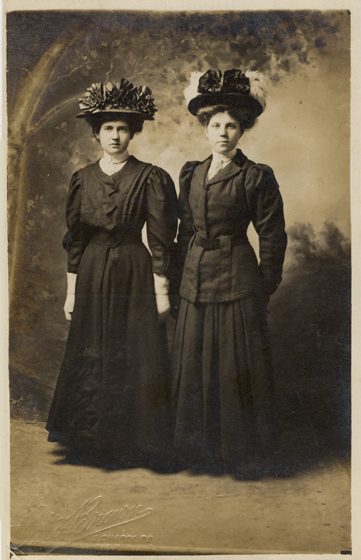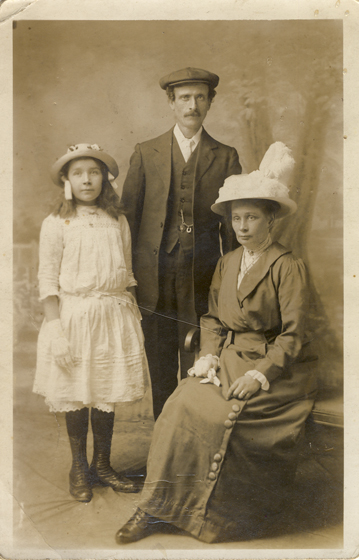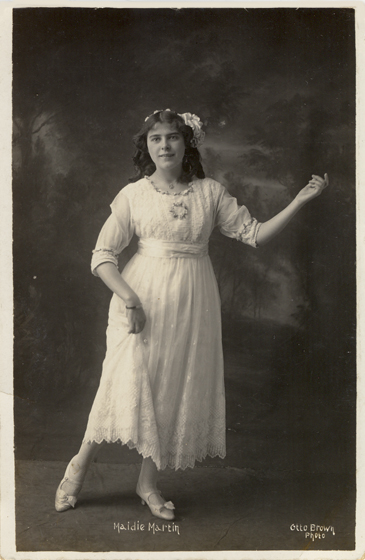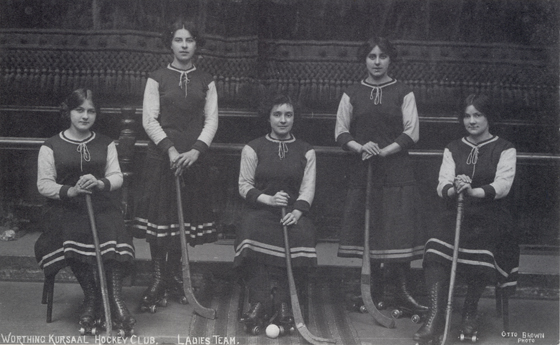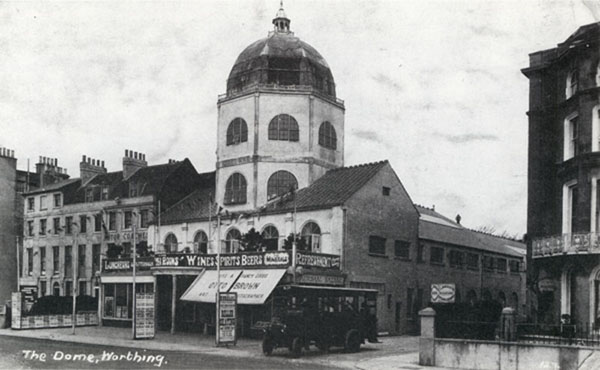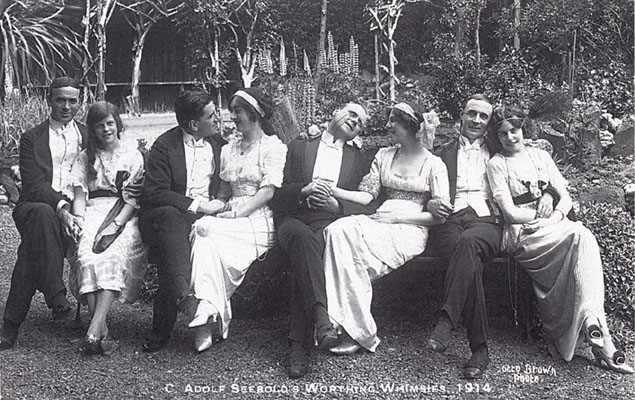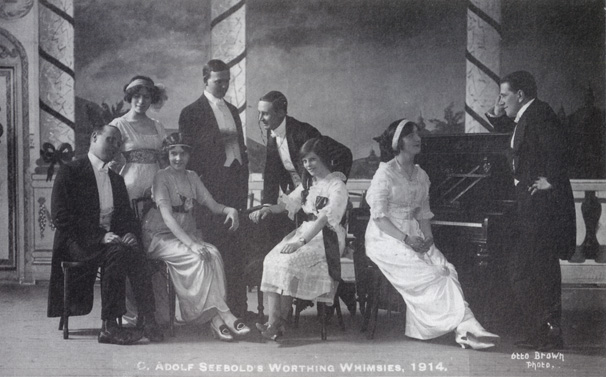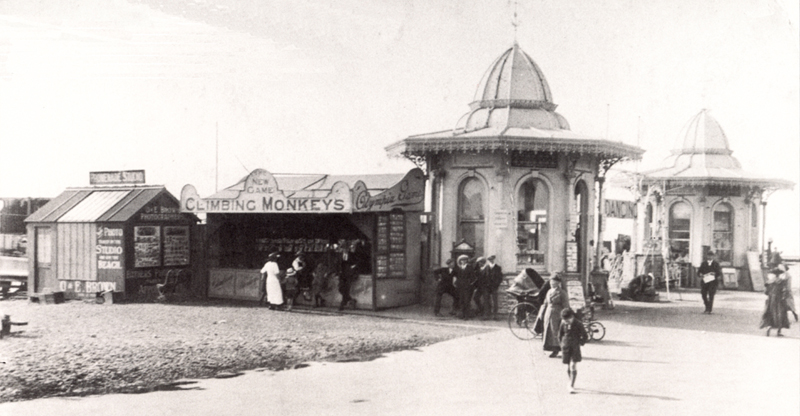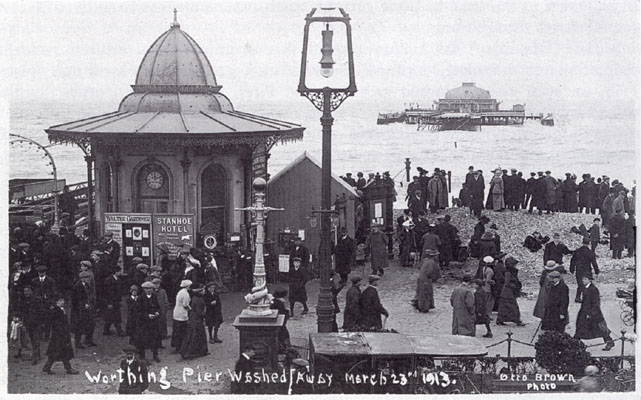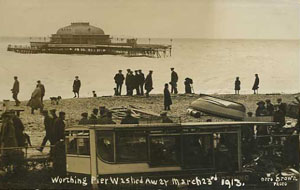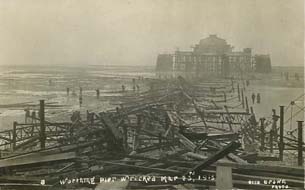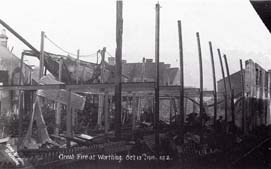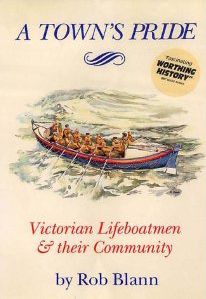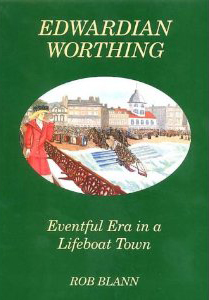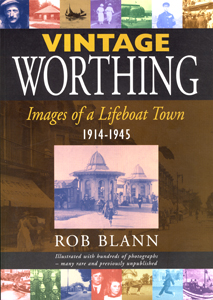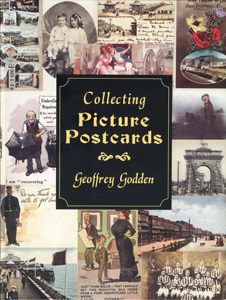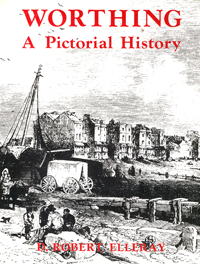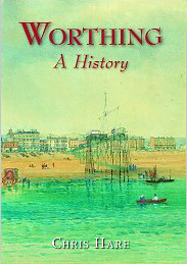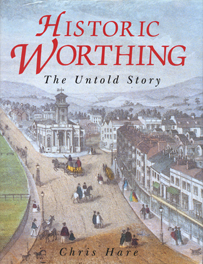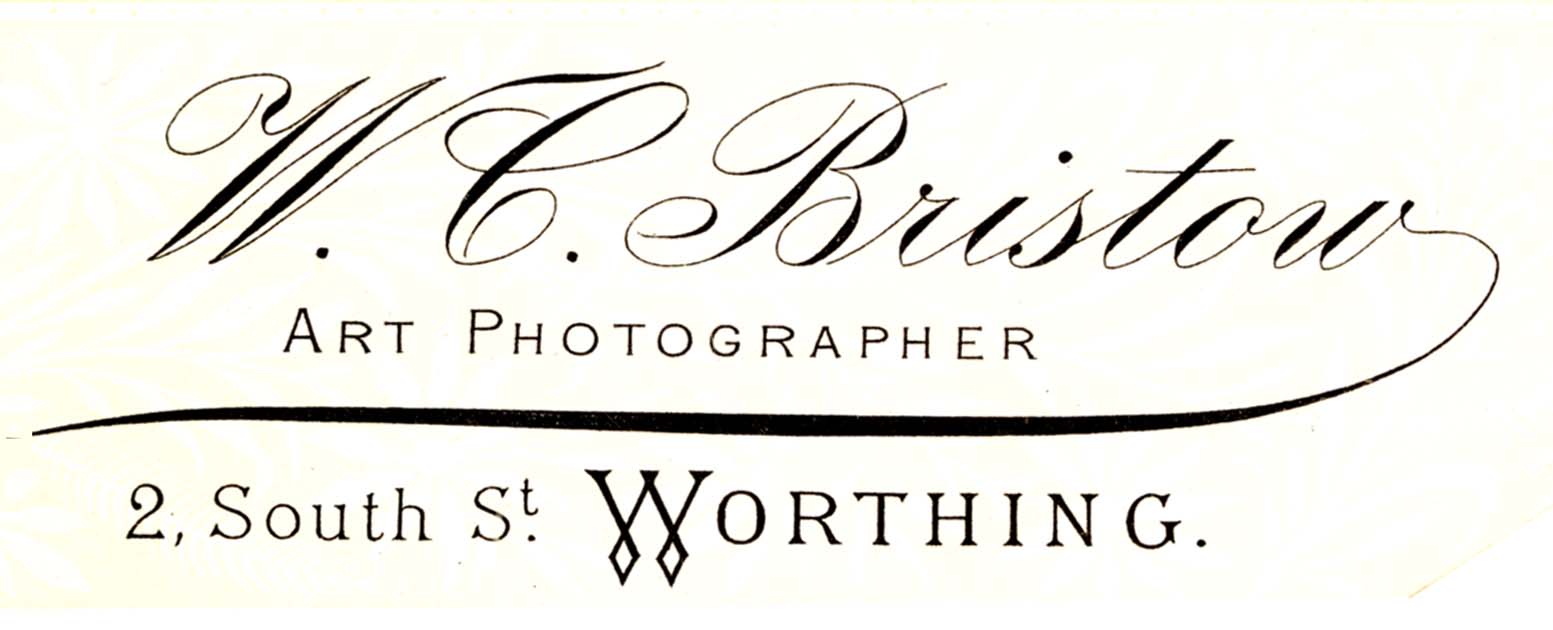

[ABOVE] Carte-de-visite portrait of a young man by W. C. Bristow, 2 South Street, Worthing (c1894)
Walter Charles Bristow (1861-1896)
Walter Charles Bristow was born in Margate, Kent in 1861 [birth registered in the District of Thanet during the Second Quarter of 1861]. His origins are obscure but Walter Bristow might have been related to William Bristow (born c1857) and Edward Bristow (born c1858), two brothers who had also been born in Margate in the same period. In 1858, there were two men named Bristow who were running lodging houses in Margate - a Mr Bristow of Addington Street and Mr Edward Bristow who had a lodging house in Margate's High Street.
The name "Walter Bristow" does not appear in the 1881 census index. This could mean that Walter was out of the country when the census was taken or that his name has been incorrectly transcribed. By around 1889, Walter Bristow was working as a photographer in Worthing. In the commercial section of Kelly's 1890 Directory of Sussex, Walter Charles Bristow is listed as a photographer at 2 South Street, Worthing. The 1891 census records Walter C. Bristow lodging in South Street, Worthing at the house of shopkeeper Joseph Reavell (born 1846, Stepney, London). Joseph Reavell ran a greengrocery business at No 2 South Street and he apparently allowed Walter to use part of the business premises as a photographic portrait studio. Walter C. Bristow is described on the census return as a "Photographer (employer)", aged 29.
One of Walter Bristow's employees at his South Street studio might have been twenty-one year old Eliza Gee (born 1869, Chatteris, Cambridge), the daughter of Reverend Henry Gee, a former missionary and minister of religion. At the time of the 1891 census, Eliza Gee was living at her parents' house in Chatteris, Cambridgeshire, possibly making arrangements for her forthcoming wedding. On the census return Eliza Gee is entered as a "Photographer", aged 21. A few weeks after the census was taken, Walter Charles Bristow married Eliza Gee in Chatteris [marriage registered in the District of North Witchford, Cambridgeshire, during the Second Quarter of 1891]. The couple returned to Worthing and set up home at a house called 'Kenilworth' at 26 Wenban Road, Worthing.
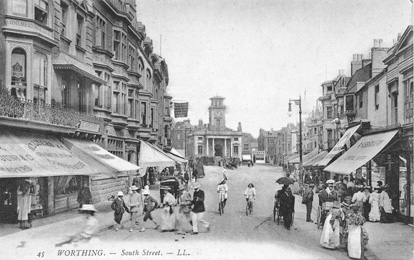
[ABOVE] A photograph showing South Street, Worthing in the early 1900s. Worthing's Old Town Hall can be seen in the distance. [PHOTO: Courtesy of Nick Gribble]



